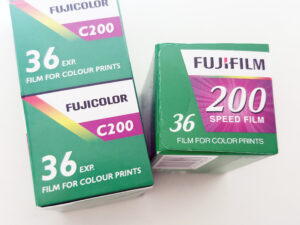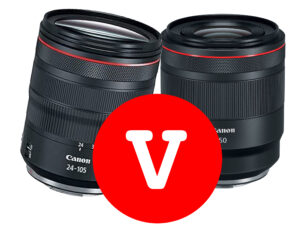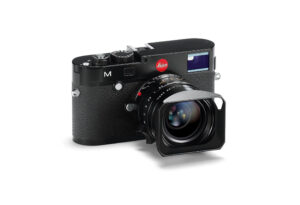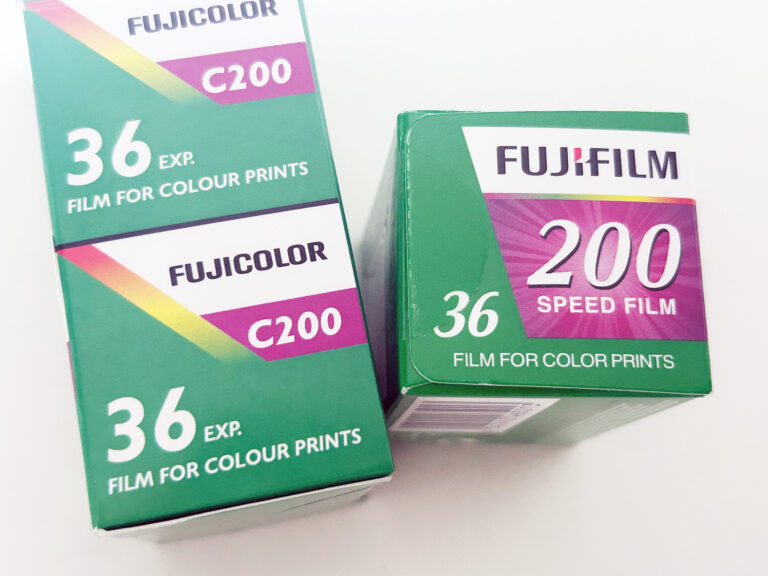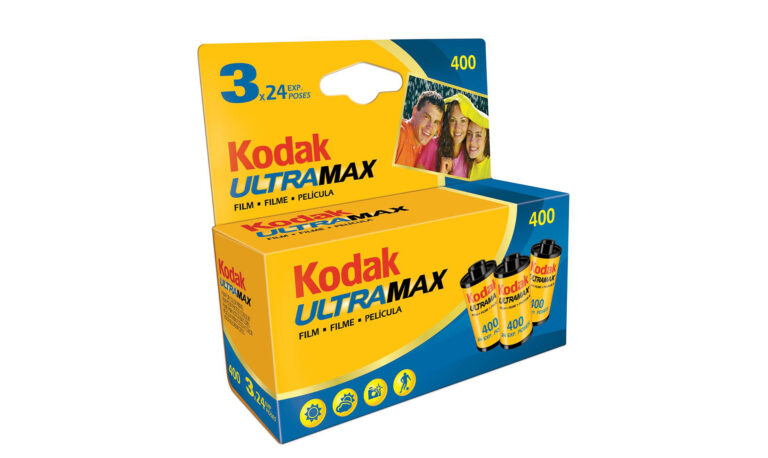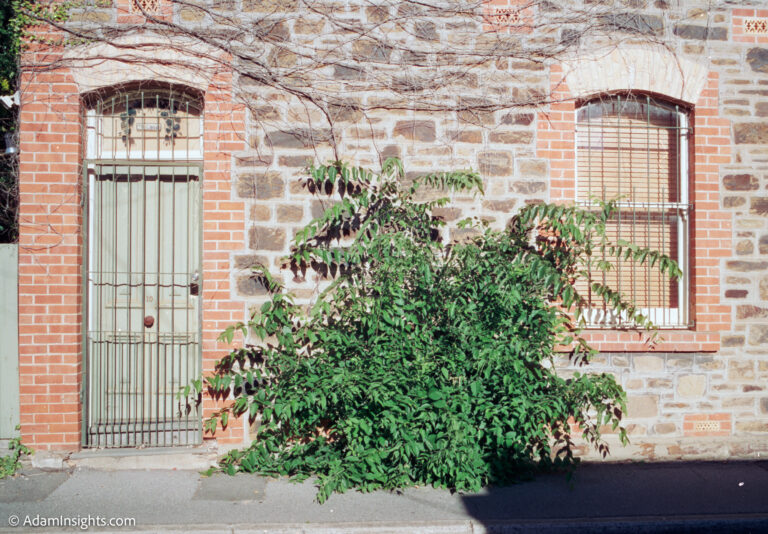
Camera Film Reviews
My reviews of camera films. Film is still very a valid creative photographic format in the 2020s. In many ways, film will still produce better images than digital when it is used correctly. It is just that there are so many stages of the film photographic process that means something can go irrecoverably wrong that can let it down.
Film makes you a better photographer
Both film and digital are very capable formats. But what I often find is that so many functions are buried in complicated menus in digital cameras, whereas with film, what you want to do is up to you with the mechanical controls of the camera. You tend to be more in the moment when shooting film, whereas with digital you tend to more looking at the screen. Also, and this is a big thing – film tends to make you think more on the fly about your photos. You know the specifications of the film, eg, ISO, colour balance, or the general look the film will give you and you tend to work around that when composing your images.
Probably my favourite aspect of shooting film over digital though is that once you have taken a shot, you mentally move onto the next. You don’t try and do it again. Nor do you rely on silly things like a rapid fire of a slowing moving or stationary object. Hence, when you develop, you tend to get a nice surprise when you find all your images are in fact different, and you don’t have rows and rows of the same picture like you do with digital.

Do I prefer shooting Colour or Black and White Film?
What makes me choose a specific film?
This is not the Ilford, ahem, Harman colour film I’m looking for. I’ve been trying out Harman’s Phoenix 200 film and it’s not what I was hoping for. It doesn’t seem to have a unique quality, rather it seems to be trying too hard to have too many of them...
A slight shock to the system recently about one of my favourite colour films. If anyone can shed further light on this it would be appreciated, please comment below. Who is now making Fuji C200 Film? This week I bought some new Fuji 200. By chance I happened to have...
The dream of the 90s is alive with Kodak Ultramax 400. I actually get rather nostalgic for consumer grade films that were available when I was growing up in the 1990s and 2000s. The results, as in the general look of the photographs that I get from these films is...
Are you looking for a new way to achieve a cinematic look to your still photos? Cinestill 50D is repackaged Kodak Vision 3 50D (aka Kodak 5203/7203) colour negative motion picture film. Cinestill is buying Vision 3 50D film from Kodak and removing the rem-jet backing which is present on...
Ilford Pan F Plus 50 (50iso black and white film) has a bit of a mouthful of a name, but is probably one of the very best monochorome films out there if you are looking for highly detailed photographs you can print at a large size. Being so highly detailed,...
This 200 ISO colour film is inexpensive, the colours are accurate with a bit of vibrance, the film is sharp with minimal grain, and responds reasonably (but not as well as some) to editing. That said, the lack of editing capabilities isn’t really a problem if you just want photos...
Ilford FP4 (now FP4+) is known for being versatile, with usable results even when underexposed two stops or overexposed by up to six stops. It also develops very easily even if you mess up the temperatures of chemical concentrations which is why it is a very popular film for teaching...













